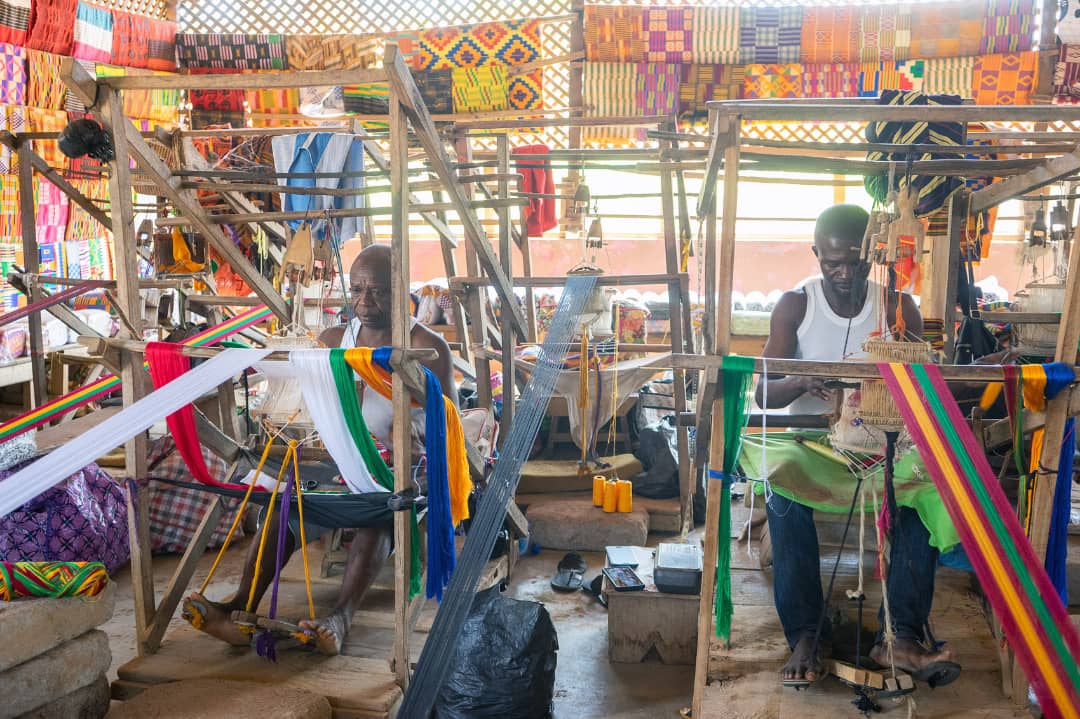Rhythmic Resilience: Maya Kamaty's Maloya Pulse of Africa
Reunion Island's acclaimed chanteuse, Maya Kamaty, recently reconnected with North American audiences at the Festival International Nuits d'Afrique, her first visit since the COVID-19 pandemic. Having previously captivated audiences in 2019, Kamaty continues to redefine traditional maloya music for the 21st century, a vision that has evolved significantly with her latest album, Sovaz. Her return to North America marks a new chapter, allowing her to gauge audience reception to her transformed sound.
Kamaty's musical journey is deeply rooted in the history of maloya, a rhythmic blues sound originating from the enslaved people brought to Reunion Island by French colonialists. This music, initially practiced in secret due to bans from slave owners and the church, faced further legal prohibition by French authorities in the 1970s because of its association with activist groups seeking autonomy for the island. It wasn't until 1981, under French president Francois Mitterand, that maloya was not only legalized but also received funding for its promotion, allowing it to be performed publicly once again. Maya Kamaty is the daughter of Gilbert Pounia, a legendary maloya musician and leader of the band Ziskakan.
Her third album, Sovaz, introduces a new direction, moving beyond the electronic sound explored in her second album, Pandiyé. Kamaty explains that
You may also like...
Ghana Weaves History- Kente is Declared the Nation's First Geographical Indication Product

Ghana secures global recognition for its outstanding Kente Fabric.
Blazers Ink Star Camara to Massive $82 Million Extension Deal!

Portland Trail Blazers forward Toumani Camara has agreed to a four-year, $82 million contract extension, securing his pl...
U17 Women's World Cup Shocker: Nigeria Crushed 1-4 by Canada, Flamingos Hit Nine-Year Low!

Nigeria's U17 women's team, the Flamingos, suffered a heavy 4-1 defeat against Canada in their opening match of the 2025...
Christopher Nolan's 'Lowest-Rated' Sci-Fi Gem Finds New Streaming Home

Christopher Nolan's divisive spy thriller, "Tenet," is set to arrive on Netflix on November 1, nearly four years after i...
Disney Director Slams Industry's 'Disappointing' Neglect of 2D Animation

Animation director Kevin Lima shares nuanced insights on the decline of traditional 2D animation and evolving storytelli...
Sharon Osbourne Heartbroken Over Loss of Beloved Canine Companion

Sharon Osbourne is facing a challenging time of loss, recently announcing the passing of her beloved 14-year-old Siberia...
Brandy's Shocking Early Exit Stuns Chicago Concert Crowd

Brandy unexpectedly exited a Chicago concert with Monica due to dehydration, missing their iconic duet. She issued an In...
Royal Uproar: Sarah Ferguson's Raw Emotions Emerge After Losing Duchess Title

Sarah Ferguson, the Duchess of York, will lose her royal title as Prince Andrew relinquishes his honors amidst renewed c...
